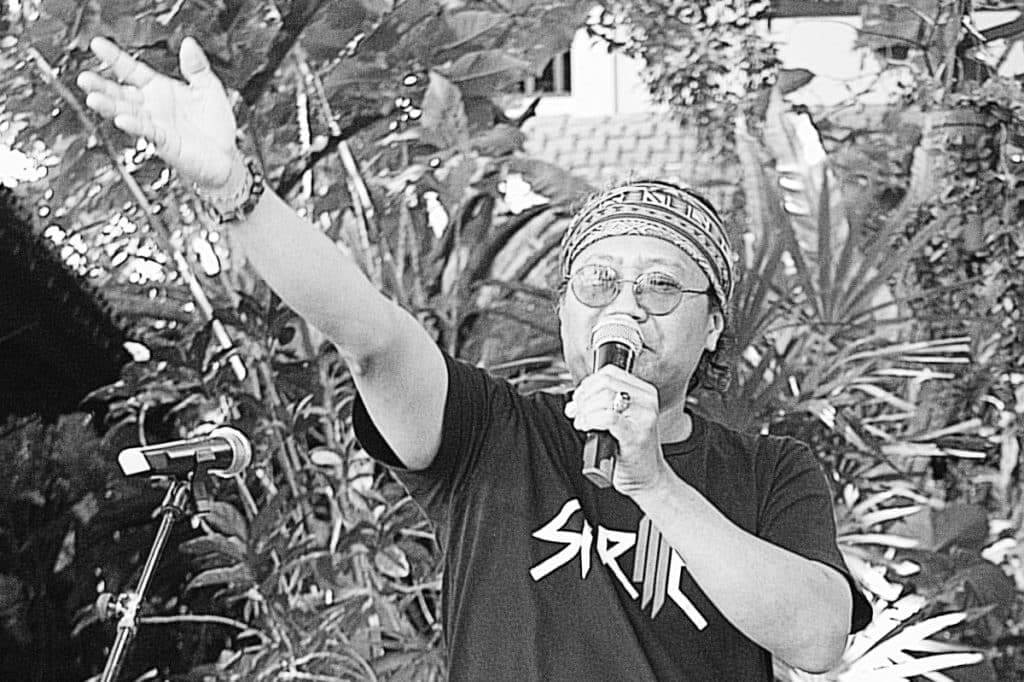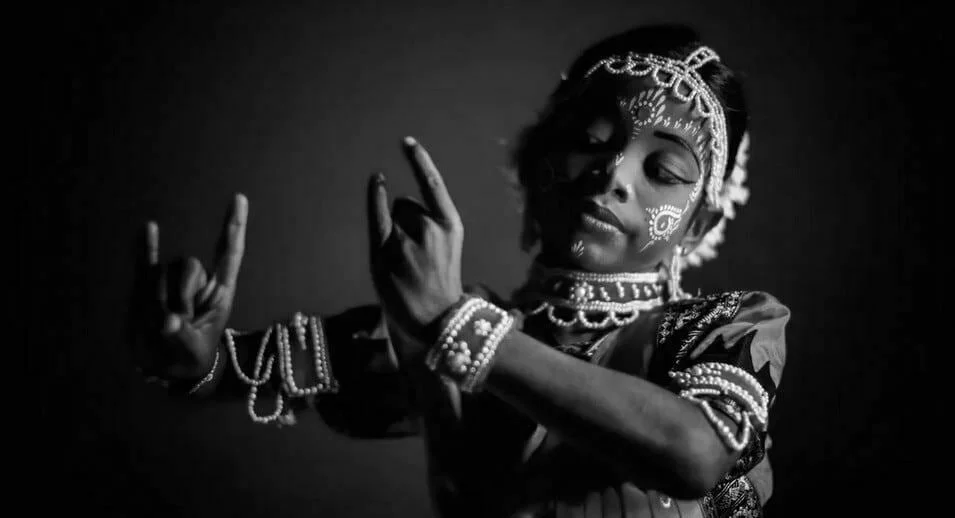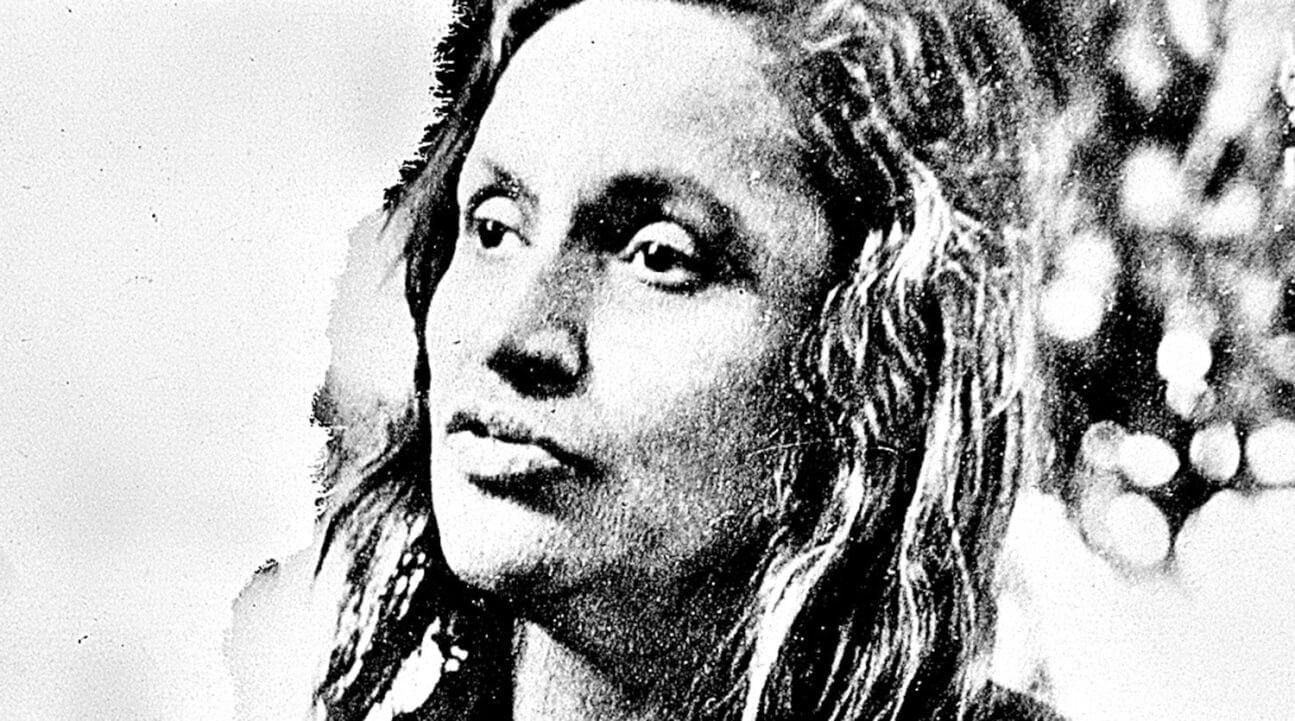Storytelling in Bali is an age old tradition, and an ancient art. It symbolizes the living tradition of storytelling that deeply explains and entertains, morally educates and brings communities together.
In Balinese culture- art, ritual, and performance overlap in various ways, stories are continually told and retold.
In this Article
In the center of many villages in Bali, standing majestically, is an unimaginably huge banyan, bingin tree. Long branches plunge underground, to resurface and soar again upwards like living dragons. The leaves of these sacred trees hold healing powers. Meetings, prayer, arts, and commerce take place under the shade of their branches. They are living symbols of Balinese culture, connected to nature, place, and history. Storytelling in Bali continues to thrive by growing new branches on an ancient tree.
In forms such as music, games and the art of storytelling in Bali- ancient stories, like folktales and fairy tales and from mythology, like the epics of the Ramayana and Mahabharata are re contextualized.
I sit under the Banyan tree with a group of children around 4 to 12 years old, the storytelling session for Clean Bali Series (CBS) at Omah Apik Pejeng, includes singing, games and traditional percussion accompaniment. The kenong, a kind of gong, the jimbe, and the rindik. The jimbe is a typical drum from Papua- east Indonesia. The rindik, a Xylophone, made of Bamboo sticks, the word means slow and this traditional instrument was originally made to entertain farmers at the fields, playing it to keep their rice fields free from the birds. Today the instrument is widely used for religious festivals and festivities, like marriage, or to accompany Balinese dance, Theater and Storytelling.
Made Taro and his son Gede Tarmada, both storytellers, draw parallels and adapt old stories to current times. They carry the key role in the preservation of the art of storytelling in Bali, by adapting and recreating stories. Today for environmental education and natural preservation proposes. The father and son team, keep culture alive and meaningful, and ensure the survival of old games and stories, by sharing them to new generations. This keeps the stories relevant and ensures their survival.
The first story is told by the 4th generation storyteller of the family, a little boy, the 11 years old Gede Tarasteja. It is about the importance of learning languages and called “dog language”. The children of about the same age are listening with the mouth wide open and sparkling eyes, not shy to bark with the little storyteller at the right moment of the story.
“The hero of the Mekong River” a Thai folktale is told by Gede Tarmada. When the story started, the children immediately became quiet and attentive, eyes wide and sitting quietly, listening. They laughed, sang and clapped along with Gede and Made, that played the Rindik. Gede Tarmada skillfully told his story in a different tone and emphasis followed by comical gestures, to deliver the lesson to listeners: Don’t hurt the environment, be a hero. The audience enjoyed listening to the story, they laughed and gasped at the story, pricking up their ears to every word he said.
Now Made Taro stands in front of the microphone with an ax in the hand telling the fairy tale from the “knock”. About Wayan Gloyoh, a woodcutter who will not cut the trees after they tell him their value, he will wait for them to die to use the wood. He gets regarded by a bat with a magical instrument, who turns him rich and greedy. He starts hurting the environment. At the end mata hari- the sun will burn him down to recreate balance on earth.
The story is rewritten by Made Taro in Indonesian which titled “Penebang Kayu Dan Keris Sakti” in the book ”Dongeng-Dongeng Karmapala”, Amada Press, 2014. It’s adapted from the story “ Mikku And The Tree” (Estonian folk tale) retold by Dr. Margaret Read MacDonald (USA). Translated by Made Tarmada.
The Wood Cutter and the TOK TEK
Once upon a time, there was a poor farmer named Wayan Geloyoh. He lived in a hut in a village on the slope of Mount Batukaru. Everyday he went to the forest to collect fire woods. Then he sold those fire woods in the market. In dry season those fire woods were always sold out. But in rainy season, he could not go to the jungle. He could only stay at his hut while plaited some mats and gedek – plaited bamboo for house wall.
The dry season has come, the firework were sold out in high price. Wayan Geloyoh had to work harder. Early in the morning, as usual, he went to the forest to collect some fire woods. He never forgot to bring his ax and some strings with him. In the middle of the forest he saw a bamboo cluster.
Plak! Wayan Geloyoh swung his ax. The bamboo tree fell back with thud. Plak! The chop of his ax made the bamboo three a grimace in pain.
“Wayan, please don’t cut me! I am still young,” asked the bamboo tree.
Plak! The bamboo tree then cried.
“Yan Geloyoh, please cut me whenever I had already died! My pole is very useful for buildings, handicrafts, ceremonial equipments, musical instruments. And even children’s toys are also made of my pole.”
“I think he’s right,” thought Wayan Geloyoh.
He left the bamboo tree and continued walking toward the higher forest on slope of Mt. Batukaru. Then he saw a sugar palm tree. Plak! Geloyoh swung his ax into the sugar palm tree’s trunk. The sugar palm tree was startled. Plak! Plak! The sugar palm tree uttered a groan.
“Help me, Wayan! Don’t kill me, please! Give me a chance till I would become a very useful tree. Sago in my trunk is useful for food. My fiber is useful for roof of meru – from the word mahameru, the highest mountain Himalaya, in Bali it means a kind of shrine which symbolizes Mahameru. My leaves are useful for ceremonial ornament and equipment. My base of flower stalk produces tuak – a kind of wine which is also processed to be palm sugar, and my fruits can be processed to be many kind of candies or snacks.”
“I think he is right, too” whispered Wayan Geloyoh.
The poor farmer left the sugar palm tree. He continued walking through the inner forest. When he saw a jack fruit tree, he took his ax and swung it into the tree. Plak! Plak! Plak! The jack fruit started to dripped sap. He cried in pain. He begged the firewood seeker undoing his intension many times. And eventually Wayan Geloyoh stopped cutting the tree.
“I think he’s right” thought Wayan Geloyoh.
“Before he died he is very useful. After death he is also useful. Therefore, I let him live a long life.”
Wayan Geloyoh kept stepping again and again. He began to pass through the middle of dense forest of Batukaru. Not even a tree he cuted. Not even a heap of firewood he tied. He began to feel hungry. He was not aware, the sun was far away to the west. Soon the night would come.
When he set foot under the banyan tree, it was dark. It was impossible for him to come back home because the distance was so far and full of danger. Holding his thirst and hunger he laid down beneath the banyan tree. In an instant he fell asleep. But damn, he could never sleep well. Around him flew nasty bats. Those winged animal squeaked and threw away dung.
Wayan Geloyoh got angry and got up. He swung his ax many times. Plak! Plak! Plak! But the bats grew boisterous. Plak! Plak! Plak!
A bat hit by ax then fell down. Wayan Geloyoh grabbed the bat and squeezed him.
“Don’t kill me, please!” Suddenly the bat screamed.
“Actually I am not an ordinary bat. Give me your love as much as your love to those trees!”
Wayan Geloyoh did not care about the bat’s persuasion. He squeezed the bat stronger. But the bat screamed in pain harder.
“Don’t kill me, please! If you are very kind to set me free, I promise to give you a gift, the TOK TEK – dagger with magical powers.”
“You are a liar! Where is the TOK TEK ?” asked Wayan as though he did not believe the bat’s promise.
“Find it behind the root of banyan tree! That TOK TEK can fullfill whatever you requested. Point the TOK TEK toward any animal you met then ask to the animal whatever you want!”
After having the TOK TEK, Wayan Geloyoh set the bat free immediately.
“Remember! You do not allow to break the only one condition!” shouted the bat while flying.
“What condition?”
“Do not ask anything that conflict with the law of nature!”
The next day, at dawn, Wayan Geloyoh went down the forest hurriedly. Arriving at his hut he saw a kepodang – oriole bird, singing.
“Hai Kepodang!” called him while pointed the TOK TEK toward kepodang.
“I am so hungry. Serve me a lot of nice foods!”
Wow, amazing! A lot of fresh and nice foods were served on the table in his hut. Wayan had the foods ravenously. After he was satisfied, he immediately walked to his farm. In front of the animals he met in his farm he shouted,
“Hi, Cow! Plow the field! Hi Ant! Plant corn, cucumber, and gourd! Hi, Horse! Bring the crops to the market!”
It’s not very long Wayan Geloyoh became so rich. He had much money. He’s got a big and luxurious house. He became the richest man in the villages on slope of Mt. Batukaru. By the TOK TEK he did not need to work hard any more. He just ordered whatever he wanted and be loafing around in bed. Eventually he forgot his history that he was a poor man previously. He changed his behavior becoming arrogant and cocky. He did not like to associate with other persons and did not care about poor people around the villages.
Time changed day by day, month by month. One day in rainy season the rain fell ceaseless all day long. The sun never showed himself. It was so cold. Wayan Geloyoh shut himself up in his house. The air made his whole body tremble. He hated that boring season.
Suddenly he remember the TOK TEK, a gift from the bat. He unsheathed the TOK TEK quickly and pointed it toward the sky.
“Hi, the Sun!” shouted him.
“Show yourself! Chase the thick cloud away! Look at my body trembling! Change the air from cold to hot!”
Step by step the sky opened and became clear. The sun shined while smiled seeing Wayan Geloyoh removed his blanket. The air was not cold any more. But the more the time the hotter the air. Yes, hotter and hotter! Hotter in the field, hotter in the house, hotter in everywhere. Oh look! Wayan Geloyoh’s garden was burning. The flame raged and spread into Wayan Geloyoh’s house quickly. The big flame was so greedy. He burned up and utterly destroyed the luxurious big house of Wayan Geloyoh.
The next day the surrounding people came flocking in to see the burned house. All was burned down into ashes, including Wayan Geloyoh and his TOK TEK.
Stories give character to local wildlife, voices to trees and spiritual resonance to the sun. His style of storytelling involves the use of traditional music, bringing the characters in the stories to life through movement and audience participation. They loved him and were hanging on his every word.
After the performance, the children were invited to play the traditional game “Ngejuk be” (catching fish). The boys and girls enjoy it a lot and the morning ends with even more songs, laughter and happiness is in the air. It is a great thing to see children so excited and happy to listen, learn and play with these gifted storytellers.
There is so much wisdom to be gained from their stories and all we need to do as the recipients is relax and listen.
The storytellers

Made Taro is one of the last remaining traditional Balinese storytellers, fairytale writer and founder of Sanggar Kukuruyuk. Through his organization he does actively promote the preservation and popularization of Balinese folklore, folk songs and children’s games among school children across Bali. He even runs a TV show with 16- 20 children that started in June, 1979, about 40! years now.
Kukuruyuk is the Indonesian word for the cock’s morning crow, traditionally it brings new hope for a blessed day.
Taro set forth three prerequisites for children who wanted to come and join in on the fun. They had to have taken a bath, had their meal and done their homework. This worked so well that one mother ‘entrusted’ him with another request.
“She complained that her child did not want to wear his underwear and asked me to help,” he recalled. Made Taro added one more prerequisite: children who come to play had to wear their underwear.
In the beginning, Kukuruyuk had some 15 young members, over almost 40 years he worked with more than 5.000 children in groups of 20 to 30 from 8 to 12 years old.
Made Taro has written more than 30 books with traditional games, children songs and folktales. He has collected over 200 folk games and folk songs, and saved them for future generations. Made Taro is a recipient of many awards as an outstanding teacher, preserver of culture, storyteller and writer, he was bestowed the prestigious Anugerah Kebudayaan (Cultural Medallion) from the President of the Republic of Indonesia in 2009. In 2019 he received the Lifetime Achievement Award from Ubud Writers and Readers Festival (UWRF) saying:
“I am an old man doing stuff that many people perceive as of little or no importance. I sometimes think I have been forgotten. This award has reminded and inspired me to keep doing this.”
He told me:
“Stories are an effective tool to introduce children to moral values and to deepen their hearts”.
Made Taro was born in Bali and learned to tell stories from his father, so did his son inherit his fathers talents.

Gede Tarmada has been introduced to the world of storytelling, when he was a little boy listening to his grandfathers stories and in his fathers group of storytelling called “Rumah Dongeng” founded in 1973. As his love with art and culture, Gede Tarmada is playing Balinese traditional music, paints and illustrates books.

Especially his trees are fascinating artworks, painted with coffee and created following his visions when dreaming.
“As I feel now there is a need for stories, because stories always have a meaning and transmit values.”
I couldn’t agree more.
Stories tie people to their landscape, their heritage and one another. Storytelling in Bali sparks dialogue between generations and provides a time and place for ideas to be shared. In this way, stories preserve culture—and help preserve the environment, here in cooperation with Clean Bali.
Clean Bali

Storytelling in Bali has also the face of Clean Bali Series, a non-profit organization that focuses on environmental education trough books. Publishing a series of children’s environmental books in three languages (Bahasa Indonesia, Balinese, and English) that focus on the pollution problems of the different areas of the island of Bali (beach, rice fields, and mountains) and of Indonesia as a whole. Maggie Dunkle wrote the stories and Margiyono illustrated the books, Made Taro wrote the Balinese version and the Indonesian version is by Etha Widiyanto.
The books:
- Turtle and Dolphin
- Rajawali and the Children
- Seagull and Heron
are distributed free of charge to schools, educational programs, and environmental organizations. Clean Bali also provides support and information, like environmental programs, book readings, storytelling, songs, games and posters.
As Brian W. Sturm states:
“Storytelling and books are powerful tools for engaging children in environmental issues. Because old and new stories from cultures around the globe show children the common human quest to understand the world around us. They offer culturally specific ways of thinking that can help children build a more complete knowledge of the way things work. Children who have the chance while they are young to identify with story characters and live into them deeply may learn empathy for others in the same process. This understanding of other creatures, whether plant or animal, leads to a sense of belonging to a larger, interconnected community. It is precisely this feeling that forms the foundation of environmental stewardship.”
Storytellers like Made Taro and his son Gede Tarmada create a meaningful world of words, music and games– not only for children.
~ ○ ~
Keep exploring:
Works Cited & Multimedia Sources
- Clean Bali Series.
- Sadika Hamid, Syari Fani. Bali House of Fairy Tales.
- Storytelling in ritual and performance in Bali.
- Traditional Games.
- Illustrations by © Gede Tarmada and ©Margiyono
- Gede Tarmada and Made Taro are on facebook.
- https://bali.tribunnews.com/2019/10/24/made-taro-terima-penghargaan-lifetime-achievement-dari-ubud-writers-readers-festival-2019



